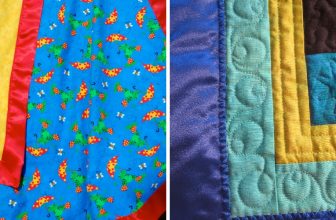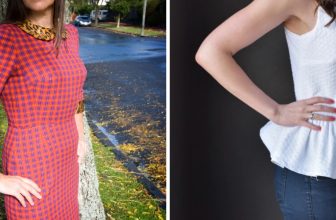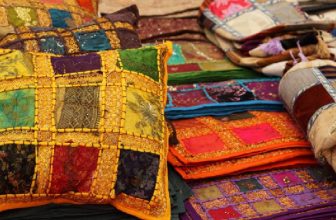How to Make a Wide Collar Stand Up
Wide collars have made a strong comeback in the fashion world, adding a bold statement to various outfits ranging from casual to formal wear. Their dramatic silhouette can enhance the overall aesthetic, drawing attention to the face and allowing for creative layering.
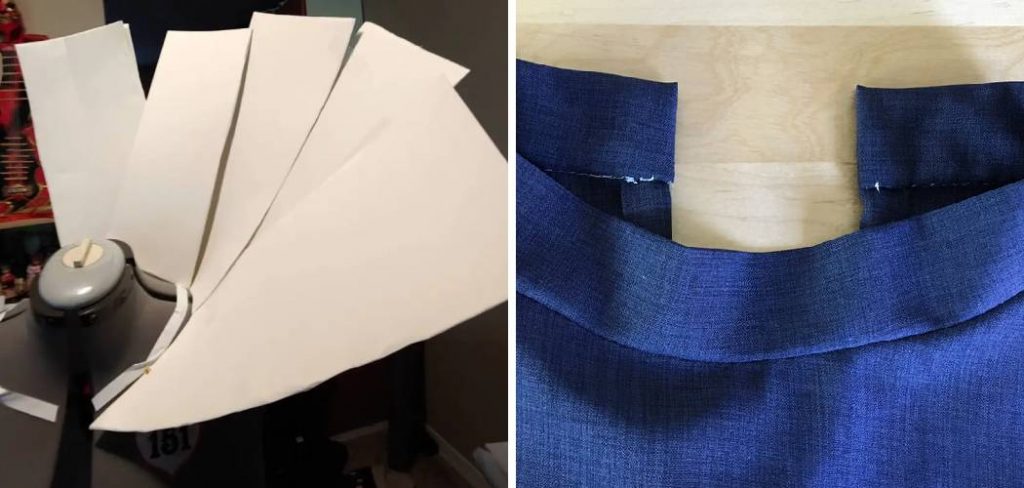
However, one common issue that wearers face is the tendency for wide collars to flop down, losing their intended structure and charm. This article aims to provide valuable tips and techniques on how to make a wide collar stand up effectively, ensuring your ensemble retains its polished and stylish appearance. By exploring various methods, you can discover the best solutions to maintain that desirable shape, regardless of the fabric or collar type.
Materials and Tools Needed
To successfully make a wide collar stand up, gather the following essential materials and tools:
Materials:
- Interfacing (fusible or sew-in)
- Collar stays (metal or plastic)
- Fabric stiffener or starch
- Optional: double-sided tape
Tools:
- Iron (for fusing interfacing)
- Sewing machine (for additional stitching)
- Scissors (to cut fabric and interfacing)
- Pins (to hold the fabric in place during sewing)
- Measuring tape (for accurate measurements)
- Tailor’s chalk or fabric marker (for marking)
These materials and tools will streamline the process of reinforcing your wide collar, ensuring you have everything you need to achieve the desired structure and style.
Understanding Different Types of Collars
Collars come in various styles, each with distinct structures and aesthetics. Common types include the classic point collar, spread collar, and wide collar, each impacting how a garment sits and its overall look. Wide collars, in particular, can pose specific challenges; their size and structure often result in a tendency to droop, especially when made from lighter fabrics.
This drooping can detract from the intended boldness and elegance that wide collars are designed to provide. Therefore, understanding the collar type and fabric is crucial in selecting the appropriate reinforcement method. For instance, heavy cotton may require stronger interfacing than lightweight silk to maintain the collar’s shape. Adapting your approach based on these considerations ensures a polished appearance and a collar that stands proud without compromising style.
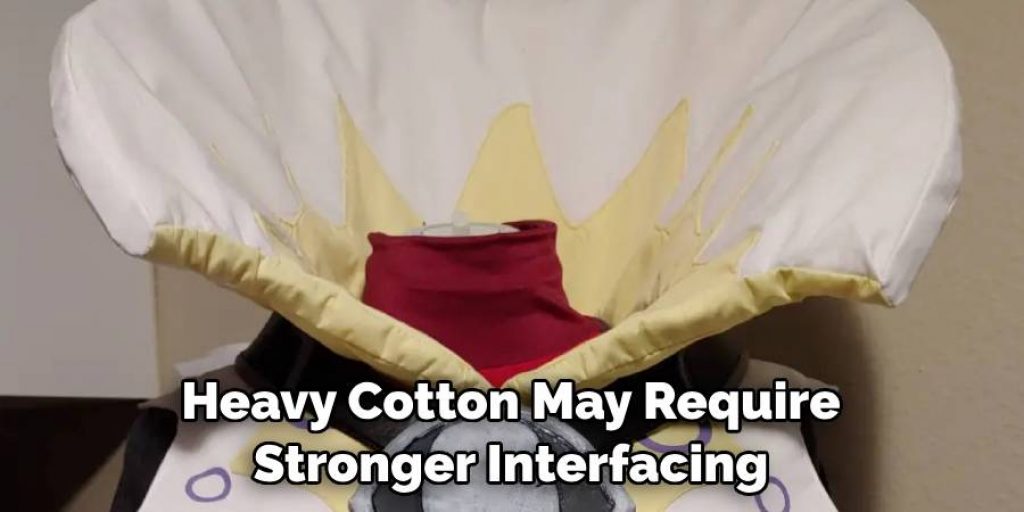
Using Interfacing for Stiffening
Choosing the Right Interfacing
Interfacing is vital in reinforcing collars, providing the necessary stiffness to maintain structure. Different types of interfacing are available, including fusible, sew-in, woven, and non-woven. Fusible interfacing has an adhesive side that bonds to the fabric when pressed with an iron, creating a secure hold. Sew-in interfacing provides stability without adhesive and is typically used in heavier applications.
Woven interfacing mimics the texture of the fabric, offering flexibility and durability, while non-woven options are often lightweight and easy to handle. When selecting interfacing, consider the weight of the fabric; a heavier fabric generally pairs well with sturdier interfacing. Before committing, testing the interfacing on a scrap piece of the fabric is recommended to ensure compatibility and desirable results.
Applying Interfacing
Once the appropriate interfacing is selected, it’s essential to apply it correctly for optimal results. Start by cutting the interfacing to match the shape and size of the collar, accounting for seam allowances. If using fusible interfacing, place the adhesive side down on the collar and employ a hot iron to activate the adhesive, ensuring it does not create bubbles or wrinkles.
Press firmly, moving the iron in a gentle up-and-down motion rather than sliding it to adhere the interfacing smoothly to the fabric. For sew-in interfacing, pin it securely and then sew along the edges to attach it to the collar. During this process, maintaining a flat, even surface as a smooth application is crucial for achieving a well-structured collar that retains its shape throughout wear.
How to Make a Wide Collar Stand Up: Inserting Collar Stays
Collar stays effectively provide additional support and structure to wide collars, preventing them from flopping over. Several types of collar stays are available, including metal, plastic, removable, and sew-in options. Metal stays offer a firm hold and are easily removable for washing, while plastic stays are lightweight and often more affordable. Removable stays allow for flexibility in care, whereas sew-in stays provide a permanent solution but can require more effort during the initial assembly.
Identify the appropriate slot or create a small opening at the collar points to insert stays into existing collars. Carefully slide the stays into the pockets, ensuring they fit snugly but without excess force, which could distort the collar shape. Position the stays to align with the collar’s natural structure for maximum effect, enhancing the overall curve and sharpness. If your collar does not have designated pockets, consider sewing small pockets from fabric scraps to accommodate the stays, ensuring they do not interfere with the collar’s flexibility.
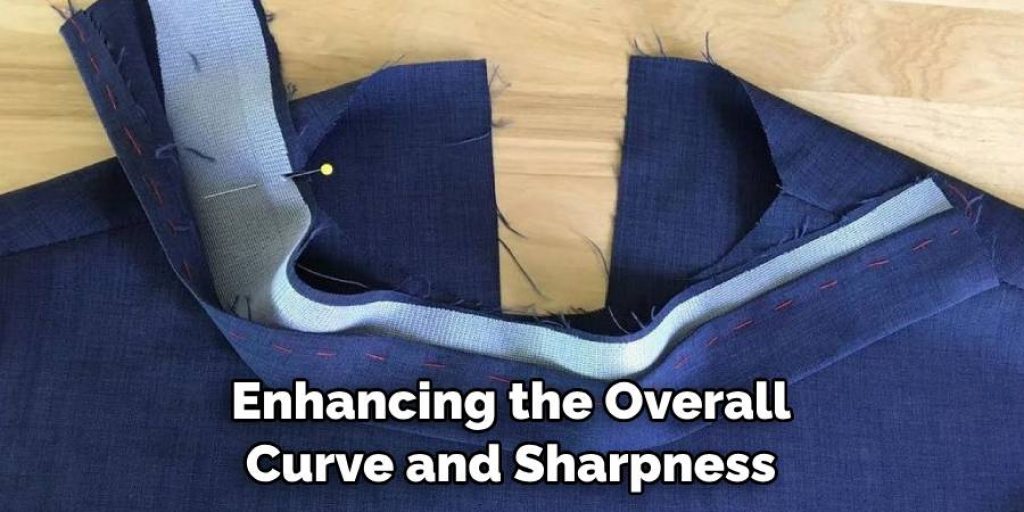
Using Fabric Stiffener or Starch
Fabric stiffeners and starches enhance collar stiffness, but they differ in application and result. Fabric stiffeners typically offer a more lasting effect, creating a firmer hold compared to starch, which provides a temporary solution for maintaining crispness. When applying either product, it’s vital to ensure that the collar is clean and dry to achieve optimal results.
To apply fabric stiffener or starch, spray an even layer directly onto the collar, covering all areas uniformly. For further assurance of even application, use a brush or cloth to distribute the product smoothly. Allow the collar to dry completely; this process helps the stiffener or starch bond effectively to the fabric fibers.
For maintenance, reapply fabric stiffener or starch as needed, especially after washing. Regular touch-ups can preserve that professional look and feel, ensuring your wide collars continue to stand up beautifully.
Sewing Techniques for a Stiffer Collar
Reinforcing the Collar with Extra Fabric
One effective method to enhance collar stiffness involves reinforcing it with an extra layer of fabric. To do this, select a fabric that complements your main garment while offering additional structure—poplin or cotton blends work well for most collars. Cut the additional layer to the same dimensions as the existing collar pieces, ensuring seam allowances are included. When sewing the extra layer, place it on the right side with the primary collar fabric and sew around the edges, leaving a small gap for turning.
Once sewn, carefully turn the collar on the right side out and press it flat, ensuring the extra fabric layer is smoothly integrated. This technique results in a firmer collar without significantly altering its appearance, preserving the overall aesthetic of the garment while providing the necessary support.
Topstitching for Added Structure
Incorporating topstitching is another effective technique for adding stiffness and shape to collars. This decorative stitch secures the collar layers and creates a structured outline that enhances the collar’s visual appeal. For best results, ensure your topstitching is evenly spaced and runs parallel to the collar edge, typically about 1/8 to ¼ inch away from the seam. To achieve consistent tension and precision, use a longer stitch length and a thicker thread, which can provide additional firmness.
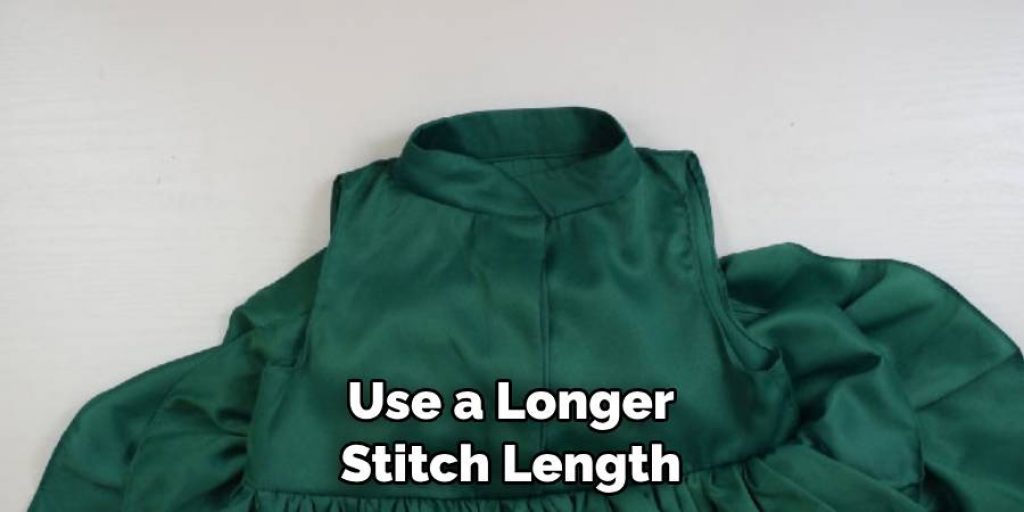
Opt for a universal or topstitch needle to accommodate the heavier thread and avoid skipped stitches. Consider contrasting thread colors for a bold statement or matching colors for a subtle finish. Topstitching reinforces the collar’s structure and allows for creative expression, transforming a simple collar into a stylish focal point on your garment.
Alternative Methods and Quick Fixes
Double-sided tape can be an effective solution for collars seeking temporary stiffness. Simply cut small pieces of tape and apply them along the underside of the collar to hold its shape in place. This method is particularly helpful when a crisp look is desired but the collar lacks the necessary support. Double-sided tape is easy to remove and leaves no residue, making it a convenient option for quick fixes.
Another quick fix is to spray the collar lightly with hair spray or other temporary stiffening agents. After ensuring the collar is clean and dry, hold the spray about 6-8 inches away and apply an even mist. Allow it to dry completely before wearing. This method can provide instant firmness, allowing the collar to maintain its shape throughout the day.
Packing a small sewing kit can be immensely beneficial for on-the-go adjustments. Including a few safety pins or a small piece of fabric stiffener can help remedy any wardrobe malfunctions quickly, ensuring your collar stays sharp even in unexpected situations. These quick fixes can transform a lackluster collar into a polished feature, effortlessly enhancing your overall style.
Maintenance and Care Tips
Regular care is essential to maintaining collar stiffness. When washing shirts with interfacing or stays, always follow the manufacturer’s care instructions. Use a gentle cycle with cold water to prevent any damage to the structural elements. For added protection, consider placing shirts in a mesh laundry bag. After washing, promptly remove and reshape the collar, gently pressing it with your fingers to restore its structure.
When ironing, use a medium heat setting and a pressing cloth to safeguard the fabric and interfacing. Avoid directly applying heat to the stays, as this can alter their shape.
For storage, buttoning your shirts and laying them flat or hanging them on wide hangers helps preserve collar shape. Alternatively, consider using shirt boards for a more structured approach. Regular maintenance and thoughtful care will ensure that your collars remain firm and crisply styled, contributing to an overall polished appearance.
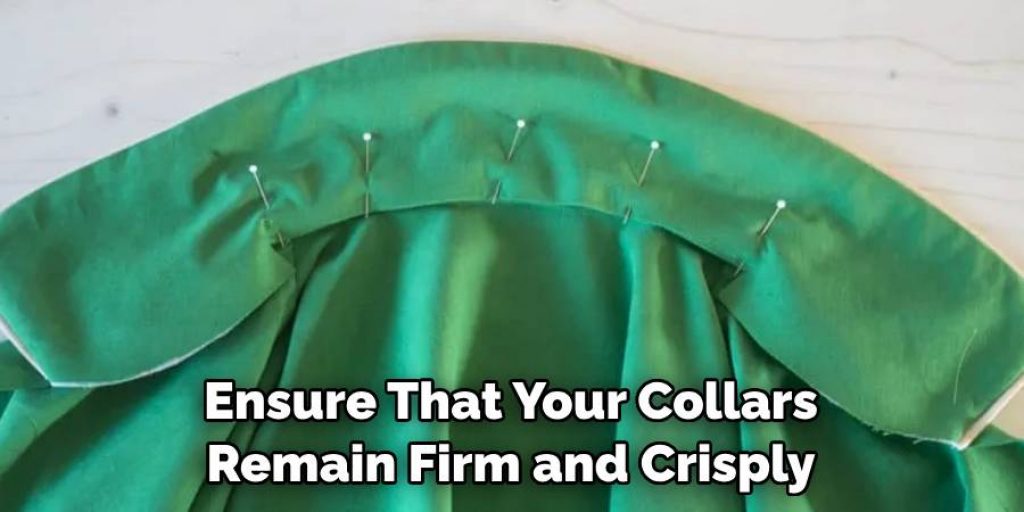
Conclusion
In summary, achieving a perfectly stiff and polished wide collar can be accomplished through various methods. These approaches cater to different needs and preferences, from applying fabric stiffeners and starch to sewing techniques like reinforcing with extra fabric and topstitching. Additionally, quick fixes such as double-sided tape and hair spray provide immediate solutions for maintaining collar shape when needed.
As you explore how to make a wide collar stand up, don’t hesitate to experiment with these techniques to find the combination that works best for your style. Ultimately, investing time in collar care enhances your overall appearance and boosts your confidence in any professional setting, ensuring that your look remains sharp and sophisticated.

